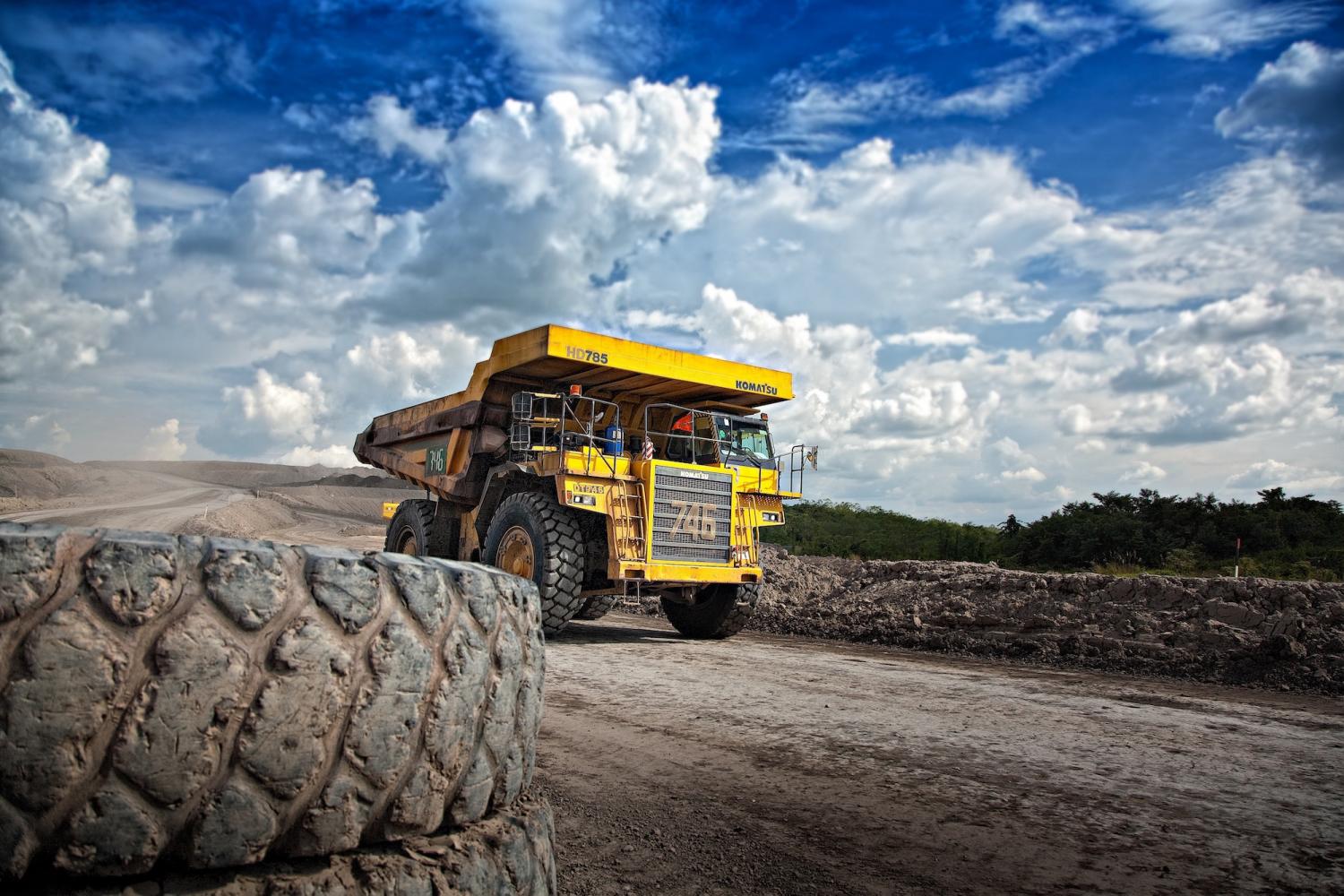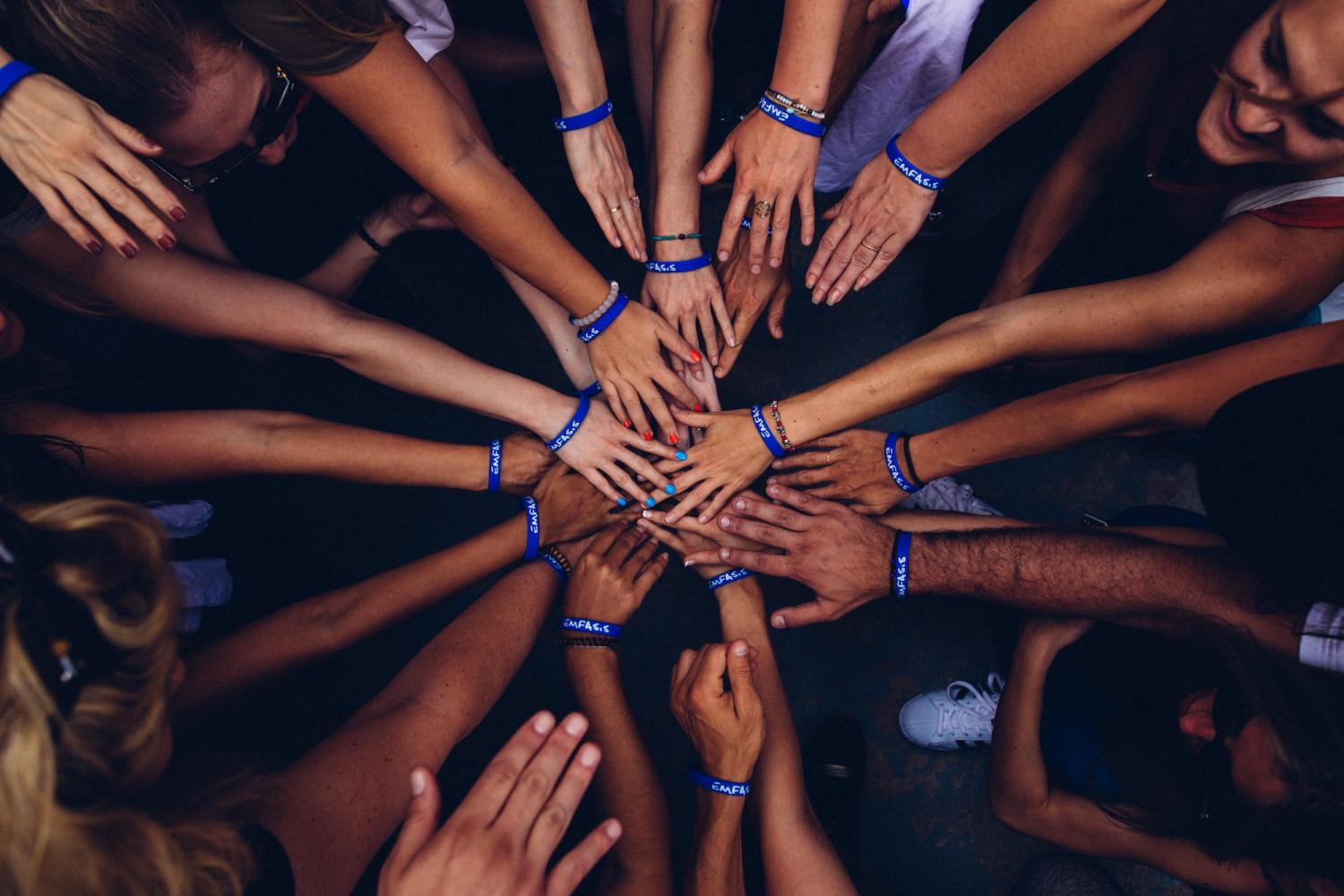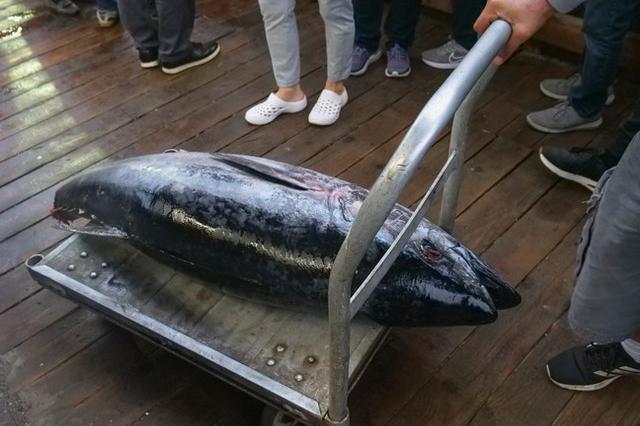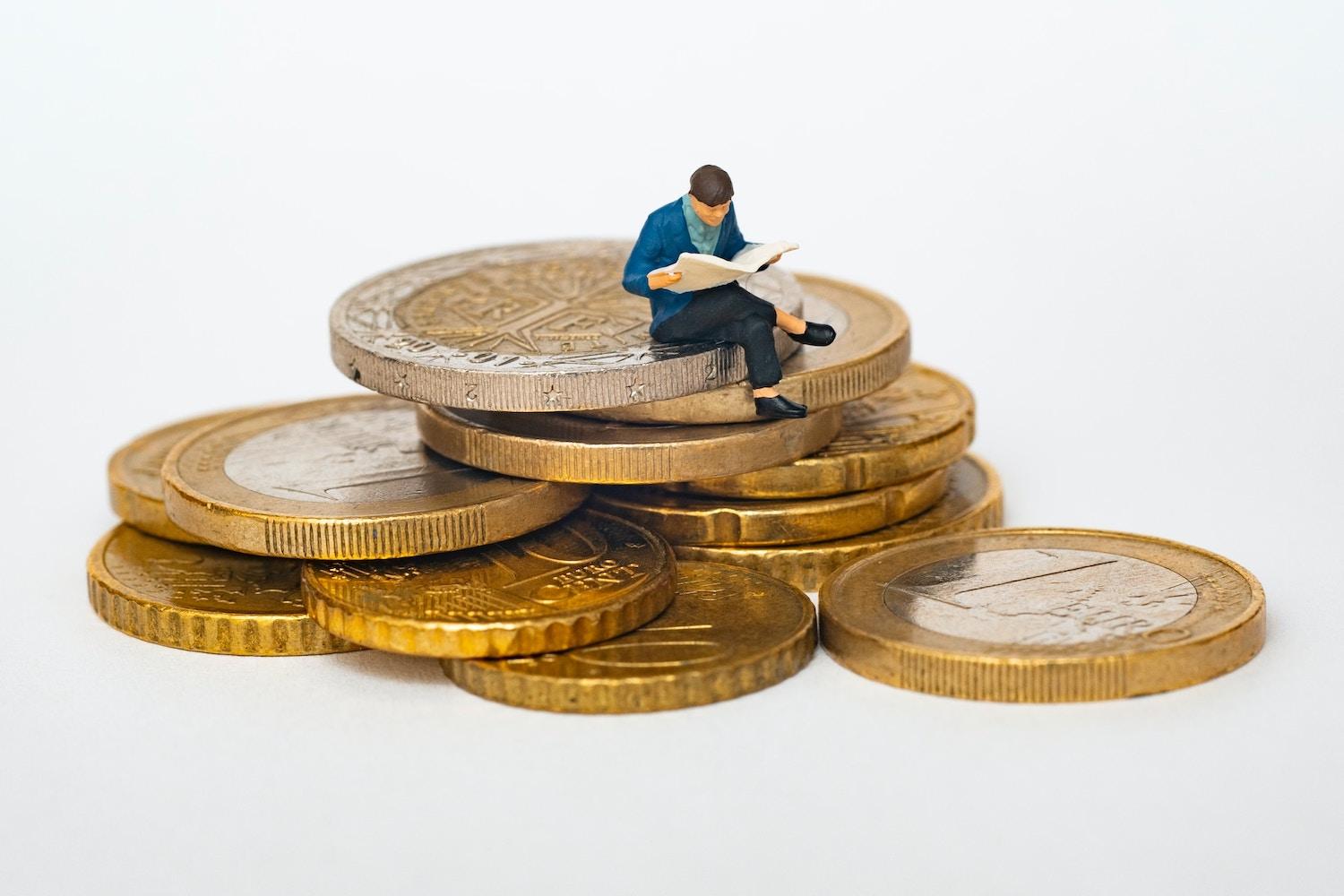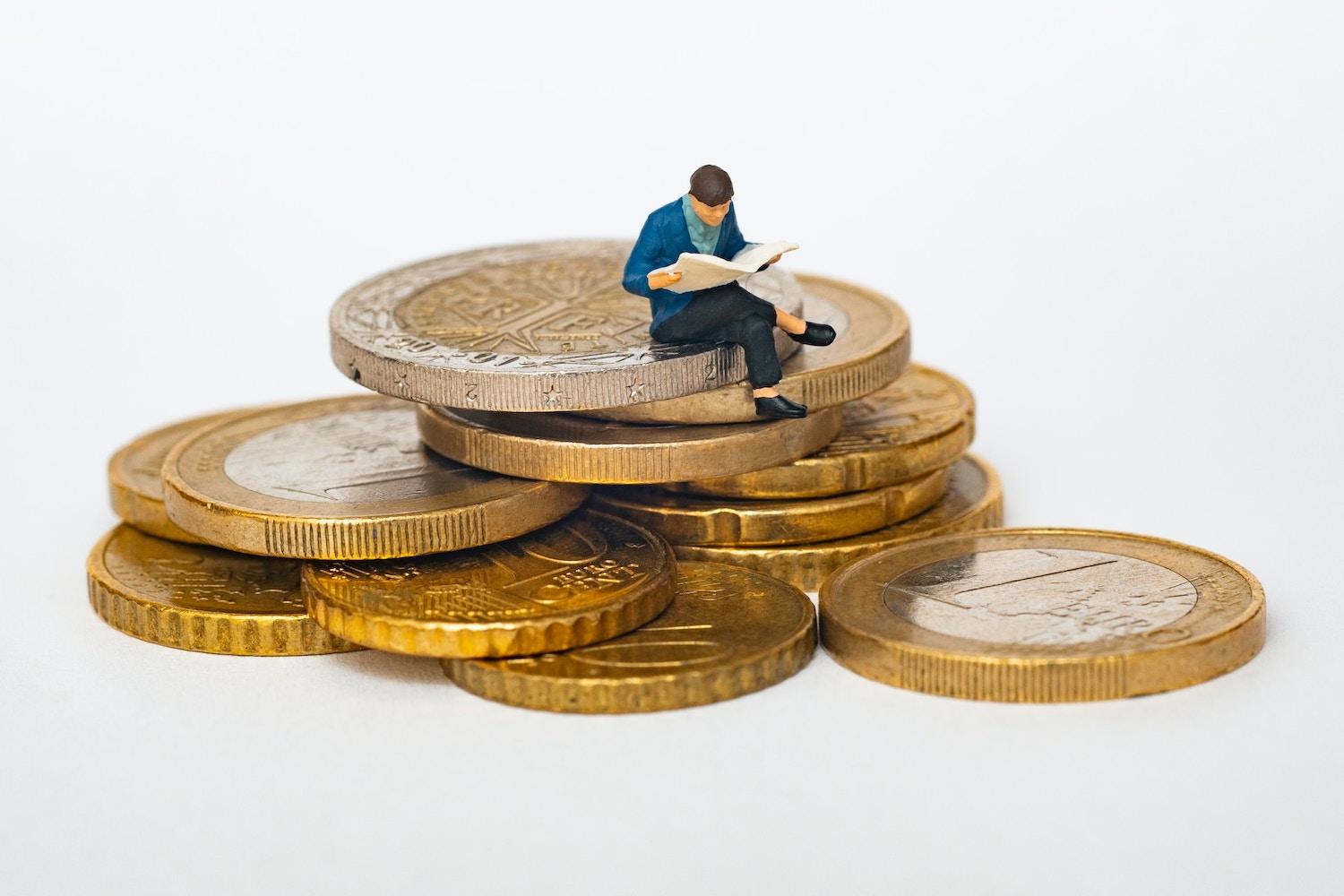Patagonia Asks Its Customers to 'Buy Less' and Boosts Customer Base


Asking your customers to buy less of your product isn't typically considered a good sales strategy but that is exactly what Patagonia is doing. As the California-based company opens its first flagship store in London's Covent Gardens it has also teamed up with eBay to create the Common Threads Initiative. This campaign aims to encourage customers to buy fewer new things and instead to participate in a dedicated used-clothing marketplace for Patagonia gear.
The company has always been a bit of a maverick when it comes to sustainability. It gives 10% of pre-tax revenue to environmental activist groups and always aimed to make its clothing as eco-friendly as possible. It has also made a promise to its customers to make their products durable in order to ensure that a product can be used for as long as possible.
According to TIME, the campaign bolsters Patagonia's strong environmental credentials and attracts more customers. Secondly, since there are actively spreading the message to "buy less, buy quality," they are indirectly marketing themselves. Harvard Business Review points out that this could actually justify the high-prices of the merchandise as the customer is paying for quality. Indeed by asking customers to buy less, Patagonia may in fact be boosting sales. Eric Lowett goes on to elaborate that:
Two types of customers could be more inclined to buy new Patagonia apparel as a result of Patagonia’s efforts: customers who make decisions based on sustainability considerations and customers who can now sell their used Patagonia apparel for cash to buy new apparel.
Patagonia also offers a recycling service for its customers for items that are so badly worn out that they cannot be resold. Since 2005, they have taken back 45 tons of clothing and have made 34 tons into new clothes. They have managed to recycle old clothes into new fiber or or fabrics or repurpose what cannot be recycled.
Through both these methods, Patagonia is increasing their brand value by boosting the perceived value of their products. Items are traded second-hand only if there is an after-sale value that is tangible. Most clothing items are so poorly manufactured that second-hand sale is not an option. By creating a marketplace for its own goods via eBay, Patagonia is effectively creating an untapped secondary market for its own products. What is beautiful is that it creates its own self-reviving loop which can also attracts new customers and increase market reach. A Patagonia customer can sell his old apparel online and use that income to buy new Patagonia products. The buyer of second-hand gear may well be a brand new customer that Patagonia has yet to reach.



